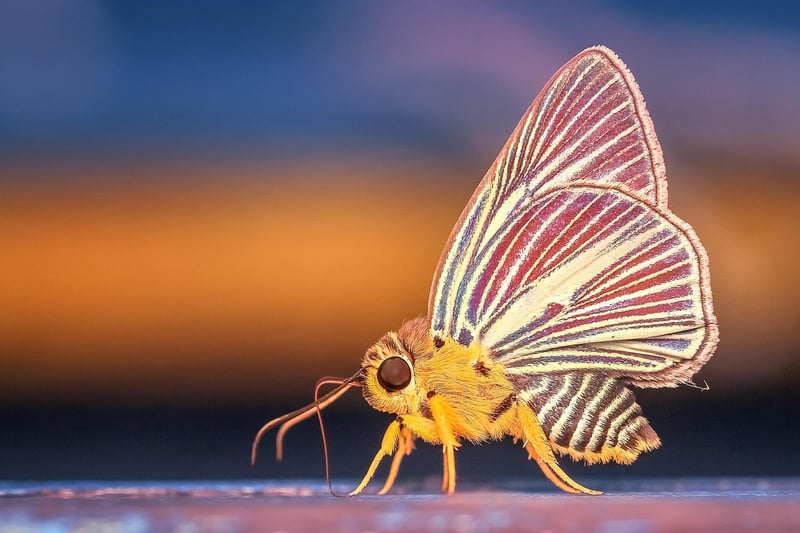Temporal Paradoxes
The Intersection of Moral Considerations and Temporal Paradoxes
When delving into the realm of time travel and alternate timelines, one cannot ignore the profound implications it has on moral considerations. The concept of temporal paradoxes, where actions in the past may affect the present or future in unexpected ways, raises a host of ethical dilemmas that challenge our understanding of right and wrong.
The Butterfly Effect
One of the most famous examples of a temporal paradox is the butterfly effect. This theory suggests that even the smallest of actions in the past, like the flutter of a butterfly's wings, can lead to significant changes in the future. The ethical question that arises is whether individuals should refrain from altering the past to prevent unforeseen and potentially harmful consequences in the present.

Grandfather Paradox
Another classic temporal paradox is the Grandfather Paradox, where a time traveler goes back in time and prevents their grandfather from meeting their grandmother, thus preventing their own birth. This paradox raises questions about the morality of altering one's own existence and the potential repercussions of such actions on the timeline.

Ethical Considerations
When considering the ethical implications of temporal paradoxes, one must grapple with complex questions about free will, causality, and the nature of reality. Is it morally permissible to change the past to avert future tragedies? Or should we adhere to the principle of non-interference to preserve the integrity of the timeline?
Conclusion
The intersection of moral considerations and temporal paradoxes presents a fascinating intellectual challenge that forces us to confront our beliefs about right and wrong in the context of time travel. As we continue to explore the mysteries of time, it is essential to reflect on the ethical dilemmas that arise and consider the implications of our actions across different timelines.
For further reading on this topic, you can check out this article from Science Daily.
